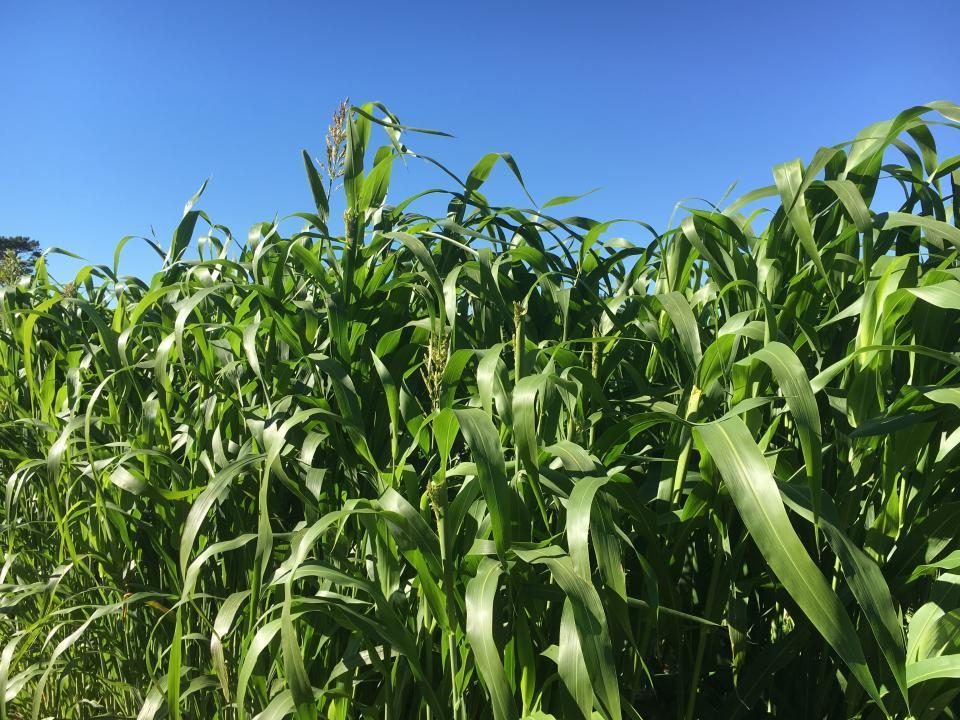Quickly Maturing Cool Season Forages
By: Ben Beckman
Cool season annuals like cereal rye, triticale, barley and oats, as well as perennial forages like brome, timothy and various wheatgrass species are quickly maturing with recent warm temperatures and the return of precipitation. Are you prepared?
As grasses mature, quality declines. This means harvesting at the right time can be the difference between feed that meets nutrient requirements later in the year or one that needs additional supplementation. As our cool-season species rapidly grow, check on them often and be ready to pull the trigger for harvest based on stage of maturity. A close eye on the weather forecast for dry weather to wilt for silage or dry down a hay crop is also important.
Grazed forages also can benefit from utilization prior to maturity by keeping the plant in a vegetative state longer, again maintaining higher quality. If pastures begin to get ahead of us, flash grazing where animals move rapidly through pastures can slow down growth and keep plants in a vegetative state longer. The goal is to quickly set the plant back a bit without too much stress, so grazing should only take 50% or less of the available forage before moving on.
Managing rapidly maturing cool-season grasses requires continual observation and quick responses to current conditions. In doing so, we ensure this forage will be utilized in the best possible way.
Selecting Summer Annual Forages
By: Jerry Volesky
It is close to the ideal time to plant a summer annual grass, maybe to build hay supply or have some extra grazing. Which one will you plant?
Choosing a summer forage can be confusing because there are six different types of major summer annual forage grasses. These include: sudangrass, sorghum-sudan hybrids, forage sorghum (which we often call cane or sorgo), foxtail millet, pearl millet and teff. Each one has its own strengths and weaknesses. So, base your choice primarily on how you plan to use it.
For example, do you want pasture? Then use sudangrass or pearl millet. Both are leafy, regrow rapidly and contain less danger from prussic acid poisoning than other annual grasses.
What if you want hay or green chop? Then select sorghum-sudan hybrids or pearl millet, because they yield well and have good feed value when cut two or three times. On sandy soils or when conditions are dry, foxtail millet may be a better choice for summer hay. It dries fast, doesn't regrow after cutting and handles dry soils well. Cane hay is grown in many areas and produces high tonnage, but it’s lower in feed value and dries more slowly after cutting than the hybrids or millets. Or you could choose teff for a really soft, leafy, high quality horse hay.
Maybe you plan to chop silage. Then choose the forage sorghums, especially hybrids with high grain production. They can't be beat for tonnage or feed value.
While there are several choices of summer annual forages, simply select the one that is best adapted to the way you plan to use it. And, of course, hope for rain, since even these grasses won’t grow without some moisture.





Post a comment
Report Abusive Comment